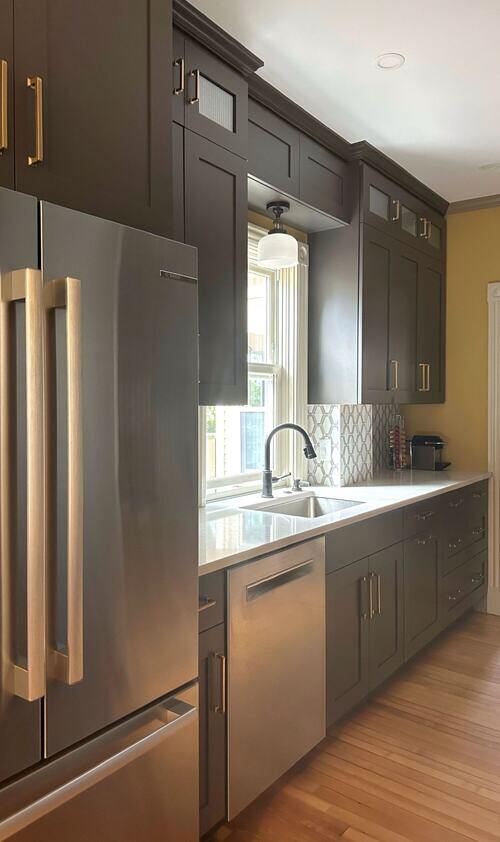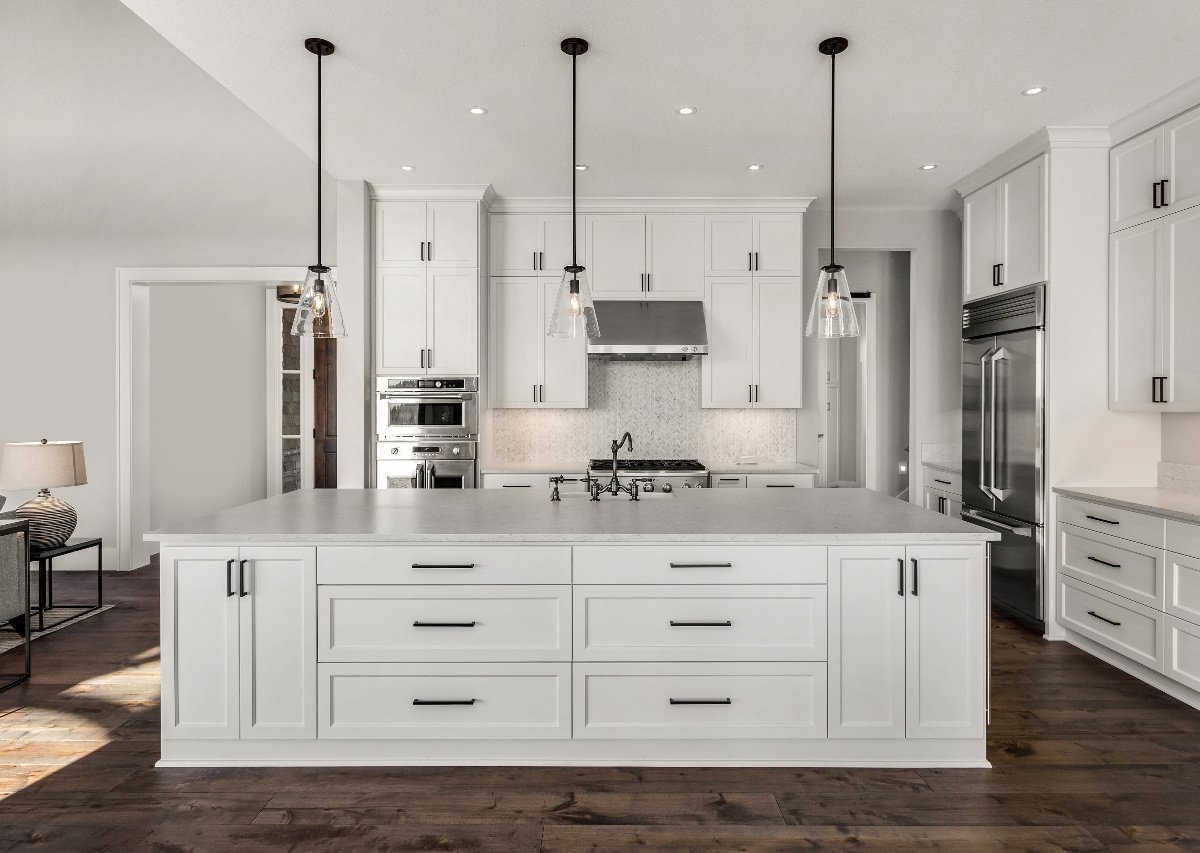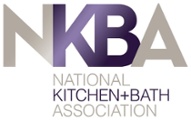Designing a kitchen is a work of form and function. You want your kitchen to be a dream to cook in, where everything is in reach and looks beautiful at all times.
One of the best ways to truly optimize your kitchen is with custom cabinetry. The ability to decide the color, shape, and surprisingly innovative function of your cabinetry can completely transform a kitchen.
Completely change the look and feel of your kitchen and add dozens of detail-improvements that make your kitchen so much easier to cook in.
There are dozens of different ways to improve your kitchen with custom cabinetry. But the following ten are must-have features that you will adore when added to your kitchen design.
1. Enclosed Trash and Recycling
No one enjoys having the kitchen trash out in the walkway, or even tucked in a corner. The trash is a necessary but unattractive part of any kitchen.
While you wouldn't dream of putting a trashcan in the same cabinet that stores your pans, you can have a custom cabinet built just for trashcan convenience.
A fully-enclosed slide-out drawer can provide ample space for a kitchen-sized trashcan while keeping your trash out of sight.
The most lightweight version has wire guides along the sides, only paneled along the front and floor of the trash drawer. You can even design a second trash can drawer for your recycling as well.
2. Specialized Drawer and Cabinet Storage
The most amazing thing you can do with custom cabinetry is specialized storage. From turntables to fold-out racks of food storage, custom cabinetry holds no limits to the creative ways that you can store kitchenware and pantry items.
Build a custom pantry with a wire-basket space for everything you need and rotating racks for easy access. Build a narrow slide-out spice rack with accessible and spill-proof space for every spice bottle you own.
Or you can create awesome corner contraptions to make corner-cabinet storage infinitely more accessible. You can even have sleek fold-up step-stools or fold-out mixer shelves installed based on how you use your kitchen.
3. Under-Cabinet Lighting
Getting enough light in your prep area is a classic kitchen challenge. Traditionally, counters face away from the central light with upper cabinets creating shadows above. But not anymore.
LED strip lights can be easily installed along the underside of any set of cabinetry. Even better, your cabinets can be designed to project light perfectly onto your counters and prep areas.
Under-cabinet lighting can also be beautiful when the overhead lights are turned off. At night you can set your kitchen to glow softly in your favorite colors as a midnight snack night-light, as LED strip-lights tend to be smart-home-responsive.
4. Multifunctional Island
An island can be an elegant and useful focal point of your kitchen or a clunky obstacle, depending on how it's designed. Great islands can be used for many different things, and play a part in nearly every hour spent in the kitchen.
You want an island that is good for breakfast, homework, and chats with the chef as well as cutting boards, outlets, and extra prep space.
Talk to your custom cabinetry team about what all can be built into an island, you might be surprised. Island design is one of the most versatile and delightful features of kitchen remodeling. You can do just about anything with a multi-functional kitchen island.
5. To-the-Ceiling Cabinetry
Smartly designed kitchen cabinets should reach for the ceiling. Tiered molding from the ceiling creating a gentle slope is best. Why? For two very good reasons. The first is storage efficiency.
The upper reaches of your cabinets can be used for long-term storage of pans and ingredients that you rarely put to use. The second reason is dust. Why create a ledge where dust can build up and then fall down into your cooking space when you could close that space into cabinetry?
Closed cabinets collect minimal dust inside, while top-of-cabinets in the kitchen collect significant dust. It's as simple as that. If you're rebuilding your kitchen cabinets, reach for the ceiling.
[Continued in Part 2]











